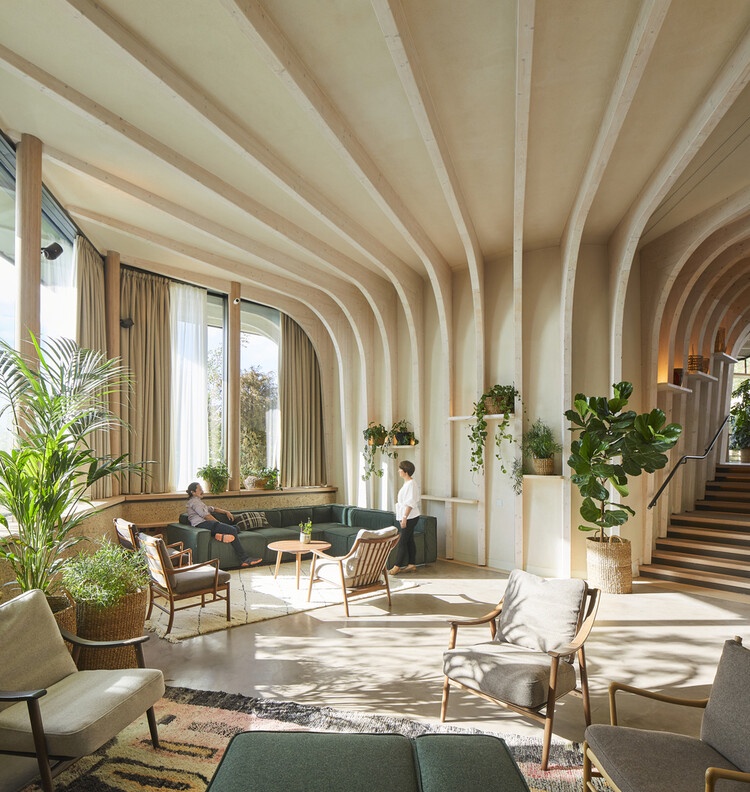Interior architecture is much more than the mere arrangement of spaces or the selection of materials. At its core, it's a reflection of the society in which it exists. Every culture around the world has its own unique values, beliefs, and traditions, and these elements shine through in the architectural designs they inspire. The role of the interior architect is not just to create functional and aesthetically pleasing spaces but to weave a tapestry that tells the story of its people. In this exploration, we delve into the intricate ways in which interior architecture captures and mirrors societal influences.
- Historical Context and Design
Historical events often leave an indelible mark on architectural trends. Consider the opulence of Victorian-era designs, reflective of a prosperous era, or the minimalist trends often associated with times of economic downturn or societal upheaval. The interior architect, consciously or subconsciously, often draws inspiration from the zeitgeist of their times, creating spaces that echo the mood of society.
- Local Materials and Techniques
Culture is deeply rooted in geography. The materials traditionally available in a region and the techniques honed over generations play a significant role in interior architecture. For instance, Japanese Tatami rooms, made using straw mats, or Mediterranean homes with terracotta tiles, are testaments to the local resources and skills. The modern interior architect often marries these traditional elements with contemporary design, creating spaces that are both nostalgic and avant-garde.
- Societal Values and Space Allocation
Different societies prioritize different aspects of life, and this is evident in the way interior spaces are designed and allocated. In cultures where family bonds are paramount, communal spaces like large living rooms or dining areas take precedence. In contrast, societies that emphasize individuality might prioritize private spaces or multi-functional areas that cater to diverse interests. The interior architect's blueprint becomes a map of cultural values.
- Religious and Philosophical Influences
Religion and philosophy have a profound impact on interior architecture. From the vast, intricate halls of European cathedrals to the serene, minimalist Buddhist meditation spaces, the principles of faith find expression in design. Even if not overtly religious, the philosophies a culture holds dear, like Feng Shui in Chinese culture, can deeply influence an interior architect's approach to space.
- Art and Aesthetics
Cultural art forms, whether they be traditional dances, local music, or indigenous paintings, often inspire the aesthetics of a space. An interior architect might infuse motifs from local folklore into the designs, use color palettes reminiscent of traditional attire, or incorporate patterns and textures that echo indigenous crafts. These artistic inclusions make spaces resonate with cultural vibrancy.
- Evolution of Lifestyles
As societies evolve, so do lifestyles. The shift from joint families to nuclear ones, the rise of remote work, or the need for sustainable living—all of these societal shifts mold the decisions of an interior architect. Today's homes might have dedicated home offices or eco-friendly designs, reflecting the changing priorities of contemporary society.
- Globalization and Fusion Designs
In today's interconnected world, cultures intermingle like never before. This confluence is beautifully captured in fusion interior architecture. An Indian home might have Scandinavian minimalist themes, or a New York loft might incorporate Japanese Zen elements. This blending of design philosophies showcases the inclusive tapestry of modern society.
In Conclusion
Every room, every home, every building holds within its walls a narrative. This narrative is shaped by the society it resides in, its history, values, and aspirations. The interior architect is both a storyteller and a historian, capturing the essence of cultures and reflecting them in tangible designs. As societies continue to evolve, so will the rich tapestry of interior architecture, forever serving as a mirror to the world we live in.


No comments yet